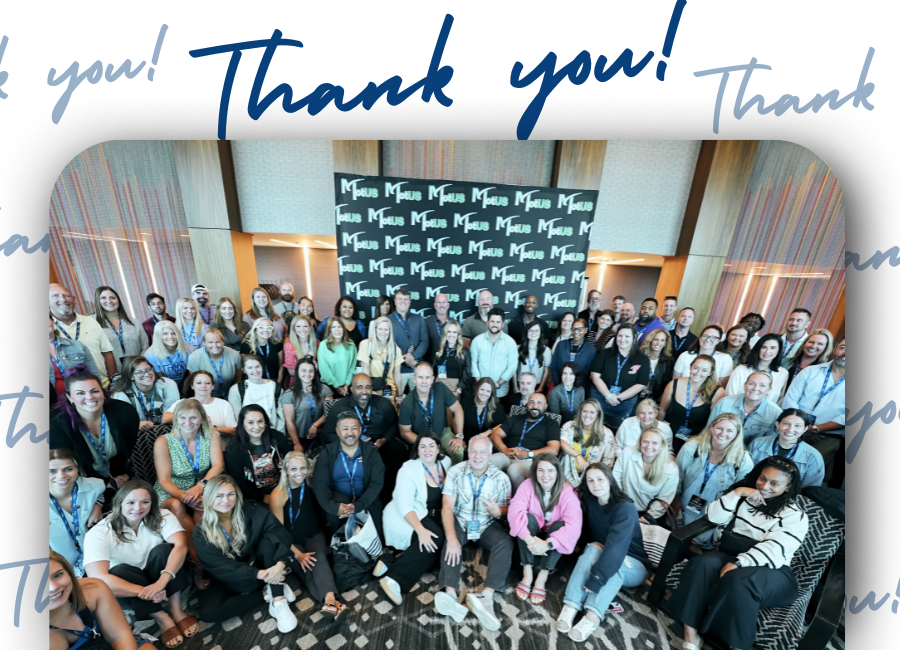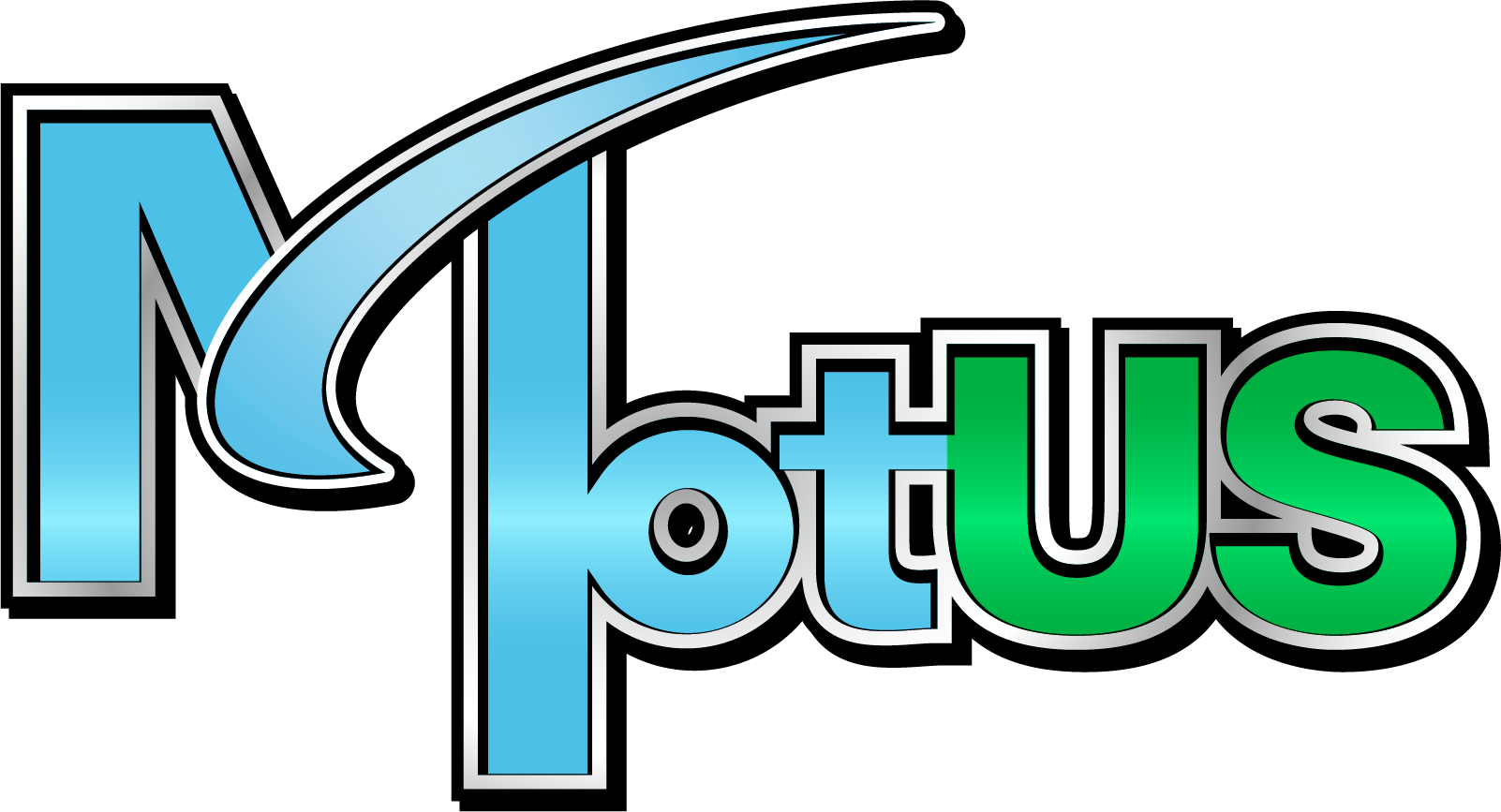Tips for New Coaches

Tips for New Coaches
By: Lee Laurence
It can be daunting to take on a coaching role for the first time. Making the switch to coaching has its own set of difficulties, regardless of whether you have experience cheering or are simply passionate about working with athletes. Here are some tips for navigating the initial phases of your coaching career and laying solid groundwork for success.
1. Put Communication First
Effective communication is essential for coaches. It takes more than just teaching your athletes; it also involves getting to know them, learning about their objectives, and being able to provide constructive criticism in a way that inspires them to get better. Make sure that expectations, practice schedules, and any other pertinent information are communicated to your athletes' parents at all times.
MotUS Tip: Don't be scared to communicate excessively in the beginning. Developing that trust early on facilitates future transactions.
2. Establish Boundaries
It's natural to want to be friends with your athletes, particularly if you're similar in age or have recently left the sports world. But establishing boundaries early on will help you keep control and make sure your players respect you as a coach. Be firm but kind. Being the tough one has its advantages, but ultimately, you're there to support their growth.
Early coaching style establishment and a willingness to hold athletes accountable are two MotUS tips. In the long run, they will respect you for it.
3. Make athlete development a top priority.
As a coach, your main objective should be to help your athletes grow on all levels—physically, psychologically, and emotionally. Encourage children to make objectives for themselves and monitor their development over time. Honor little accomplishments and assist them in realizing their own development. Season after season, they will remain inspired and return if development is prioritized.
MotUS Tip: Make sure to check in with your athletes individually. This strengthens the relationship between coach and athlete and demonstrates your interest in their personal development.
4. Continue to Learn
Even the most seasoned coaches are aware that they can always get better. Remain receptive to the opinions of athletes, gym owners, and other coaches. You can also improve your abilities and keep up with the most recent developments in cheerleading training by enrolling in online courses or attending coaching clinics.
MotUS Tip: Participate in a coaching community where you may give advice, learn from each other's experiences, and share ideas.
5. Remain upbeat
It can be stressful to coach, and if things don't work out as planned, it's easy to lose hope. But keep in mind that your enthusiasm is infectious. Your athletes will remain focused and upbeat if you do. Maintain a growth mentality and recognize that every obstacle presents a chance for you and your team to improve.
MotUS Tip: Turn failures into teaching opportunities for your players and yourself. Every challenge is an opportunity to get stronger.
In summary:
The path to becoming a coach is both rewarding and difficult. You'll position yourself for success by emphasizing athlete development, establishing limits, and concentrating on good communication. Continue to study, maintain your optimism, and never forget that every action you take as a coach will not only aid in your athletes' development but also mold you into the leader they require.

Lee Laurence - I’m Lee Laurence, and I work in Digital Media at Assistantly. With five years of experience in social media and digital marketing, I’ve developed a knack for creating engaging and impactful content. Outside of work, I’m a huge fan of old-school cars—they’re a bit of a passion project for me. I love finding ways to combine my love for classic style with modern digital strategies, always looking for creative ways to make my work stand out.











